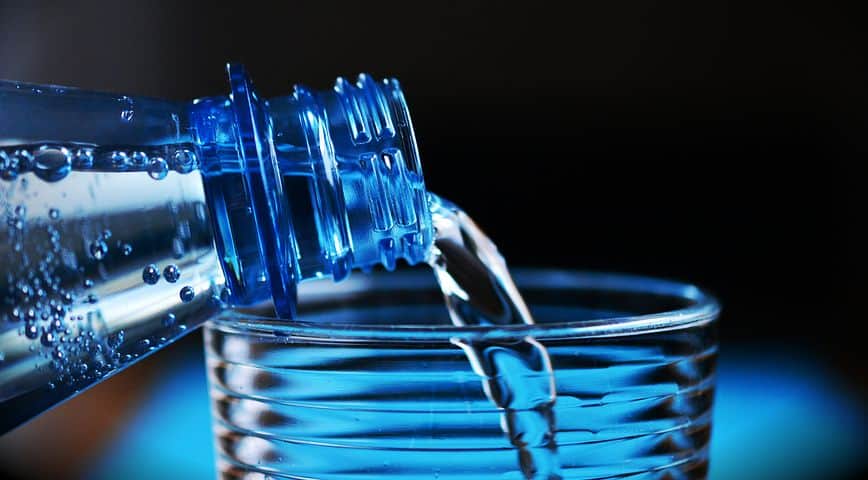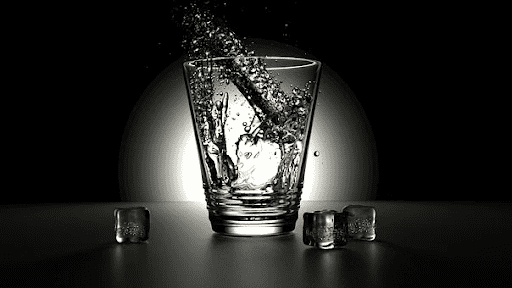Water is life, so they say. This clear liquid gold helps keep our bodies in check in many ways. For instance, it aids body processes such as nutrient and oxygen transportation to the cells, supports digestion, prevents constipation, and keeps the body lubricated. It also helps flush out toxins and even bacteria from the body. This is not to mention other household uses like cleaning, cooking, and farming.
Above all this, drinking unsafe water can have devastating effects on human health while impacting other aspects of life negatively. Thankfully, drinking water can be treated and purified in various ways to get rid of contaminants, germs, and toxins.
Below are a few water treatment solutions that you can look into to ensure your water is safe for consumption.
Sterilization
Contents
Sterilization involves the use of agents like heat, chemicals, and radiation to purify the water. It kills the pathogenic microorganisms and inhibits their growth and reproduction. The process often results in safe drinking water, but the water has to be clean in the first place.
Softening
With the surging population, clean drinking water has become a rare commodity. This is especially considering how many types of manmade pollutants have made their way into the different water sources. Dissolved minerals of calcium and magnesium also result in what is known as hard water, which doesn’t lather easily and tastes horribly.
Softening is among the best ways to treat hard water to make it drinkable. Including water softeners, Water Pursuit provides guides and reviews on choosing the right water treatment products and solutions for your needs. Softeners typically work to remove the dissolved metal ions to make hard water soft. Especially if you source your water from a well or your tap water supply is basically hard, this can be the best treatment solution for you.
Coagulation
The water entering your house can come from a wide range of distribution channels and could be contaminated somewhere along the way. Treating your water using the chemical coagulation process helps in killing different bacteria and viruses, making it healthy for human consumption and use. In coagulation, alum and aluminum sulfate are added to the raw water.
Dirt fragments then coagulate together in the process, forming huge particles also known as flocs. The particles are then removed through filtration. One of the benefits of chemical coagulation is that it takes less time in settling down the solids. It thus helps in reducing the general time in detention of the wastewater treatment operation.
Chlorination
Over the ages, chlorinating has been one of the most commonly used methods of purifying water. Water contains myriads of parasites and germs which are hidden from the naked eye. Consuming untreated water directly from the tap can cause tremendous injury to your health. Furthermore, chlorine is one of the cheapest ways of purifying water. You can either use liquid chlorine or tablets. It destroys microbes in water, making it clean and safe for drinking.
Boiling
Today, people are after cheaper and safer ways of doing things out of the pinching economic times. Boiling water is arguably one of the cheapest and safest ways of purifying water. The advantage of this process is that you don’t need machines or chemicals to treat water.
All you need to do is boil your clean water in a covered pan for a few minutes to eliminate the germs and parasites. Allow it to cool down to help the compounds to settle down before you filter. Then, pour the water in a clean bottle for your family to quench their thirst.
Distillation
Distillation uses heat to collect pure, clean water in the form of vapor. In this process, the water boils to a specific boiling point until it vaporizes. The vapor is then directed to a condenser so it cools down and gets back to the liquid state. The resulting water is purified and free from disease-causing germs. This process of distillation also aids in removing heavy metals like mercury and lead from the water.
Filtration
By drinking clean treated water, you save yourself lots of bucks out of the costs that come with treating a whole family from waterborne diseases. Filtering water helps in ridding off the concentration of respirable matter like algae, fungi, parasites, and other biological adulterants. Ensure you have the right type of filters to rid all the water compounds.
The benefits of this process are enormous. One, it’s an effective and healthy option because it does not exhaust all the mineral salts in the water, some of which are vital to your health. Alongside unwanted chemical debris, some types of water filters only remove unwanted chemical compounds in your water. Also, very little water is wasted during treatment.
Whether your water comes from the well, rivers, lakes, it is essential to ensure it’s purified and safe for consumption. If not life-threatening, drinking contaminated water can be fatal. Treating your water will remove water-borne germs like those associated with hepatitis, cryptosporidium, bacteria, and many other bugs alongside chemical contaminants. Moreover, treated water tastes great, plus it quenches your thirst better.

